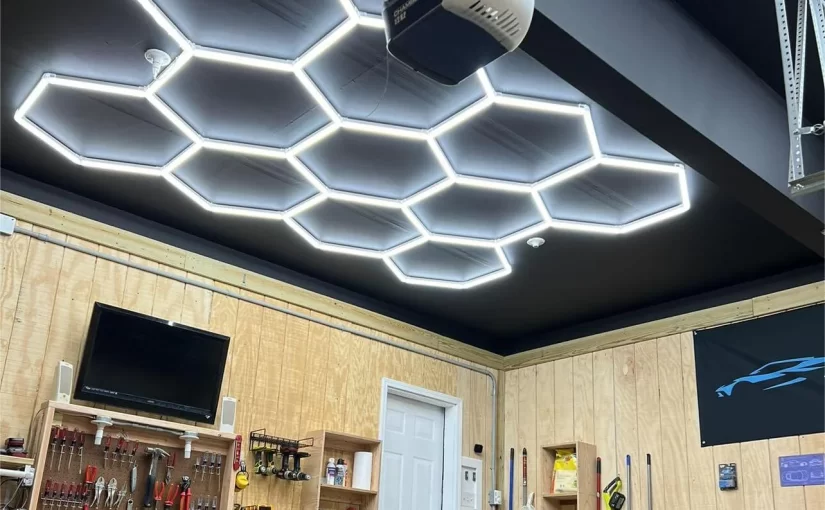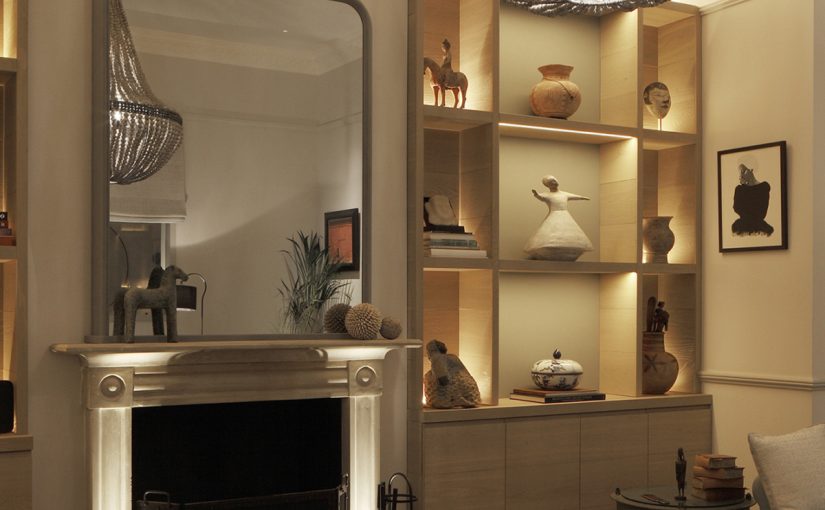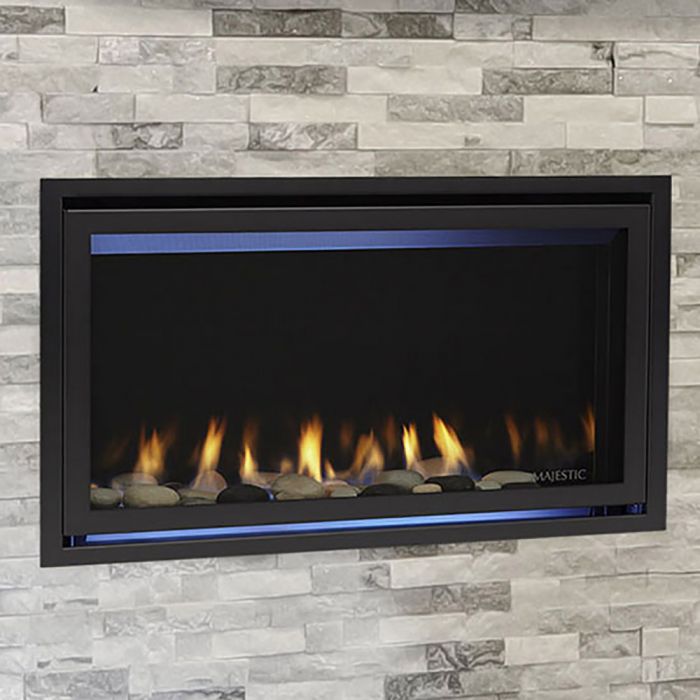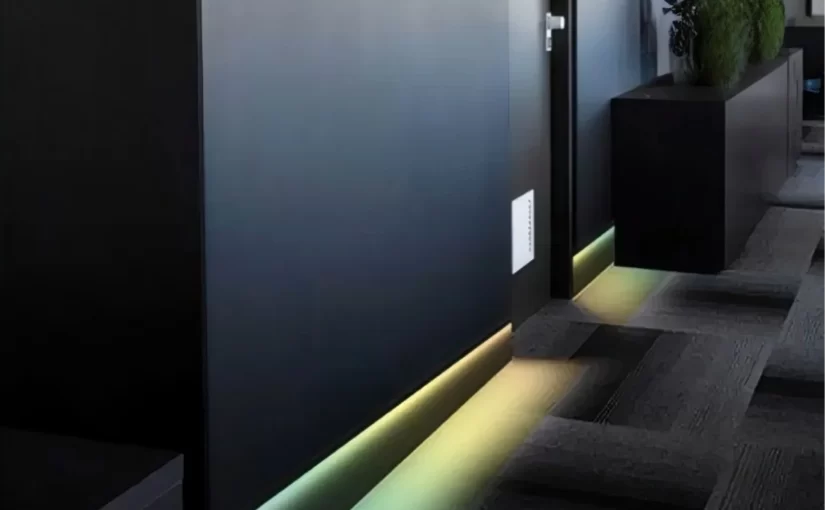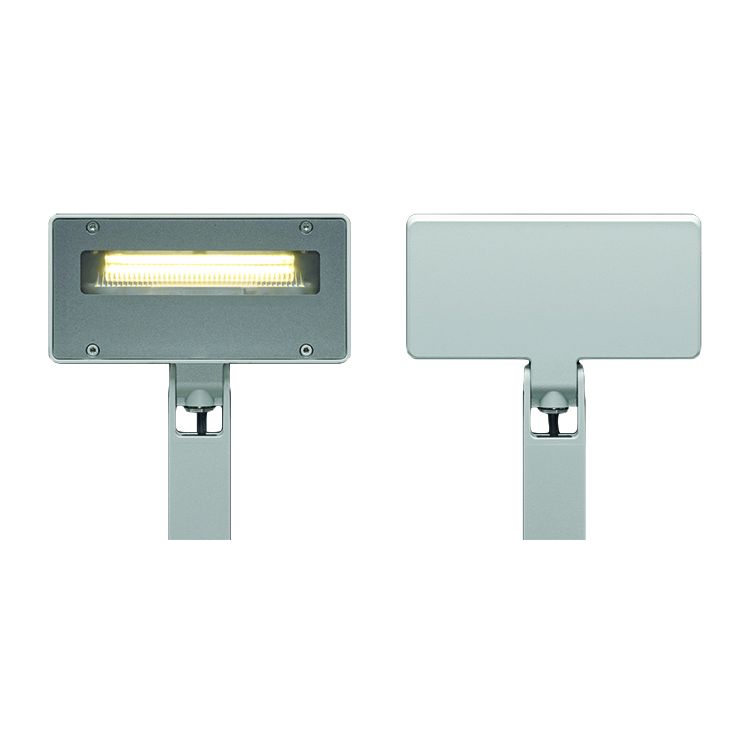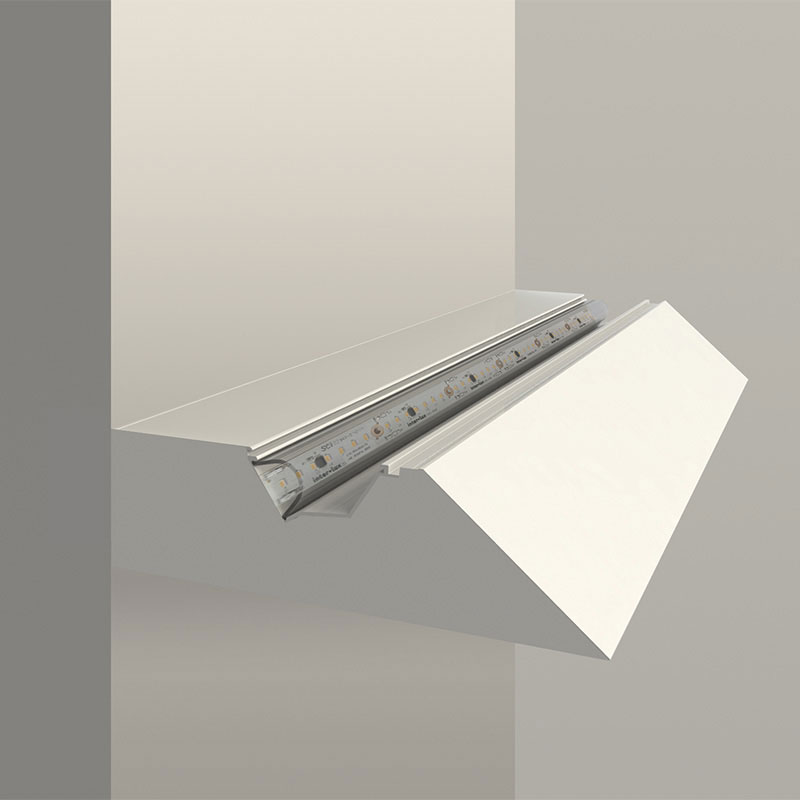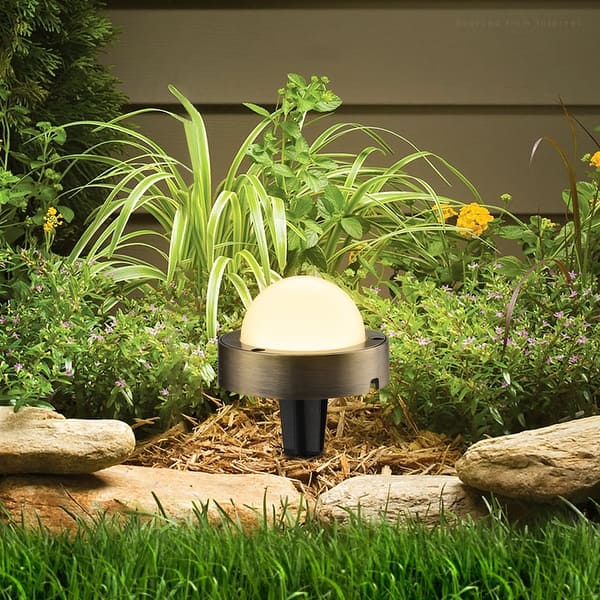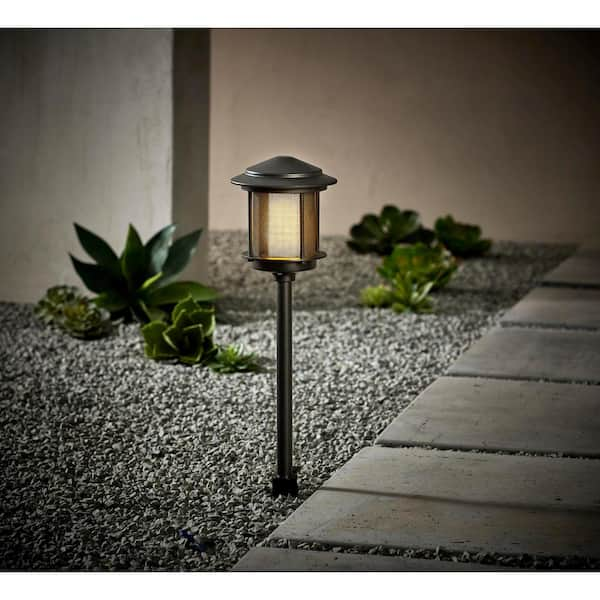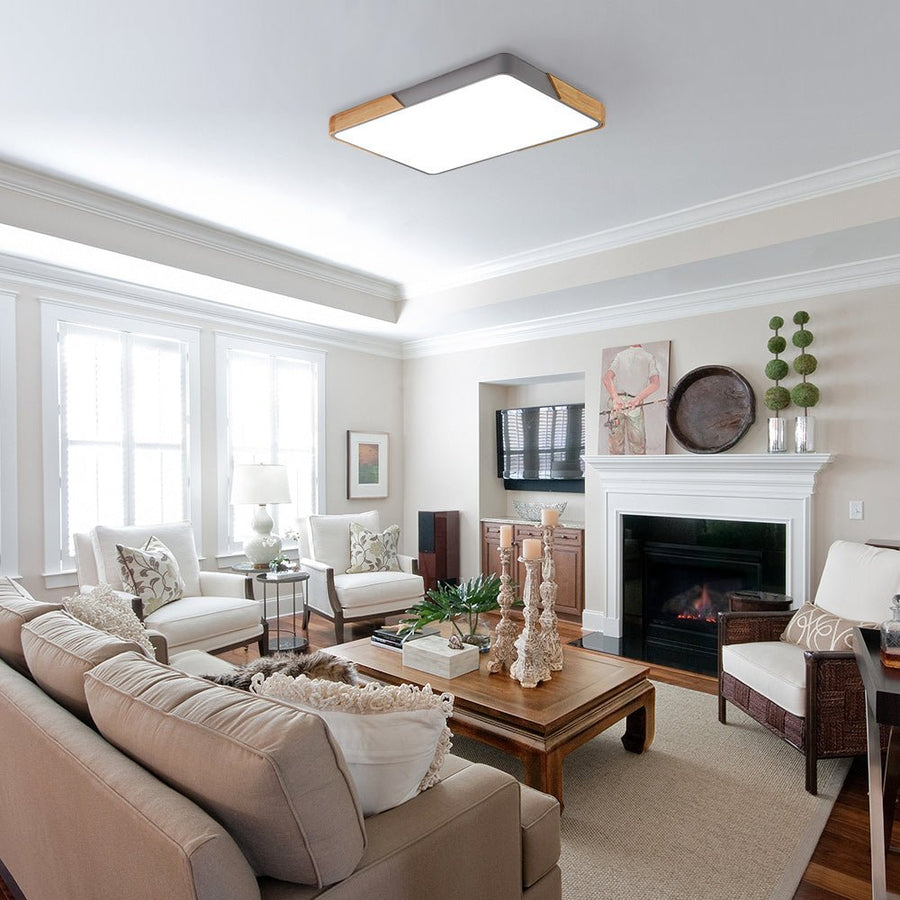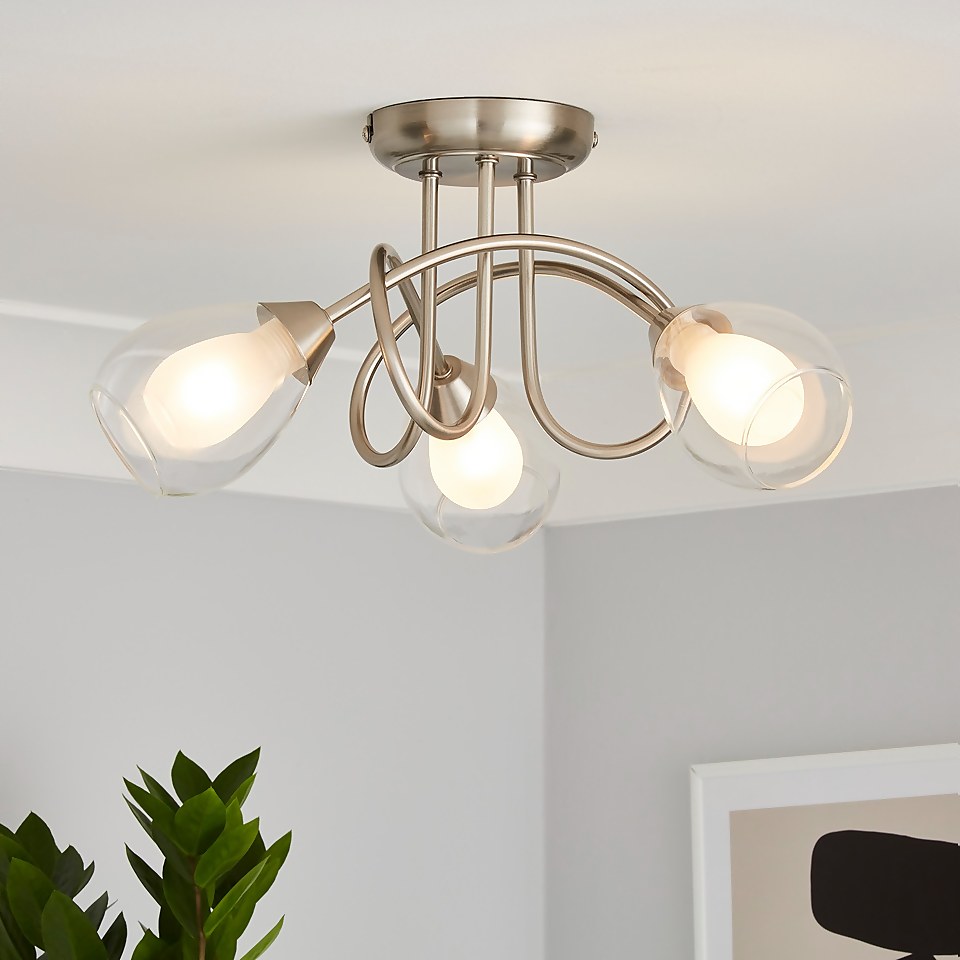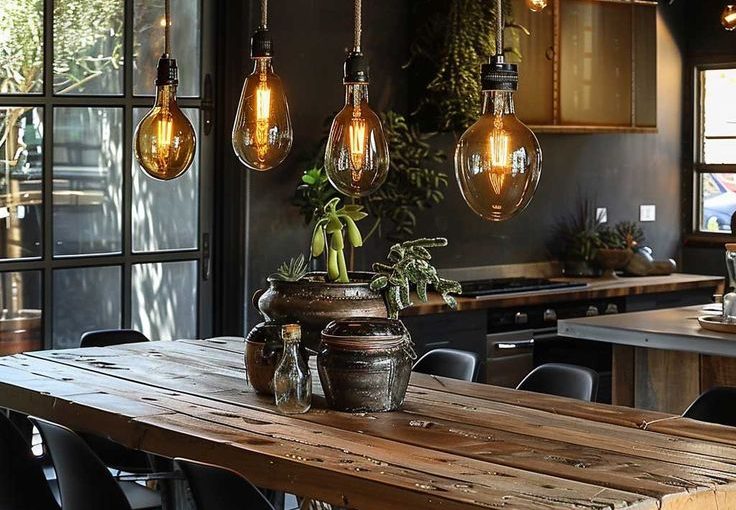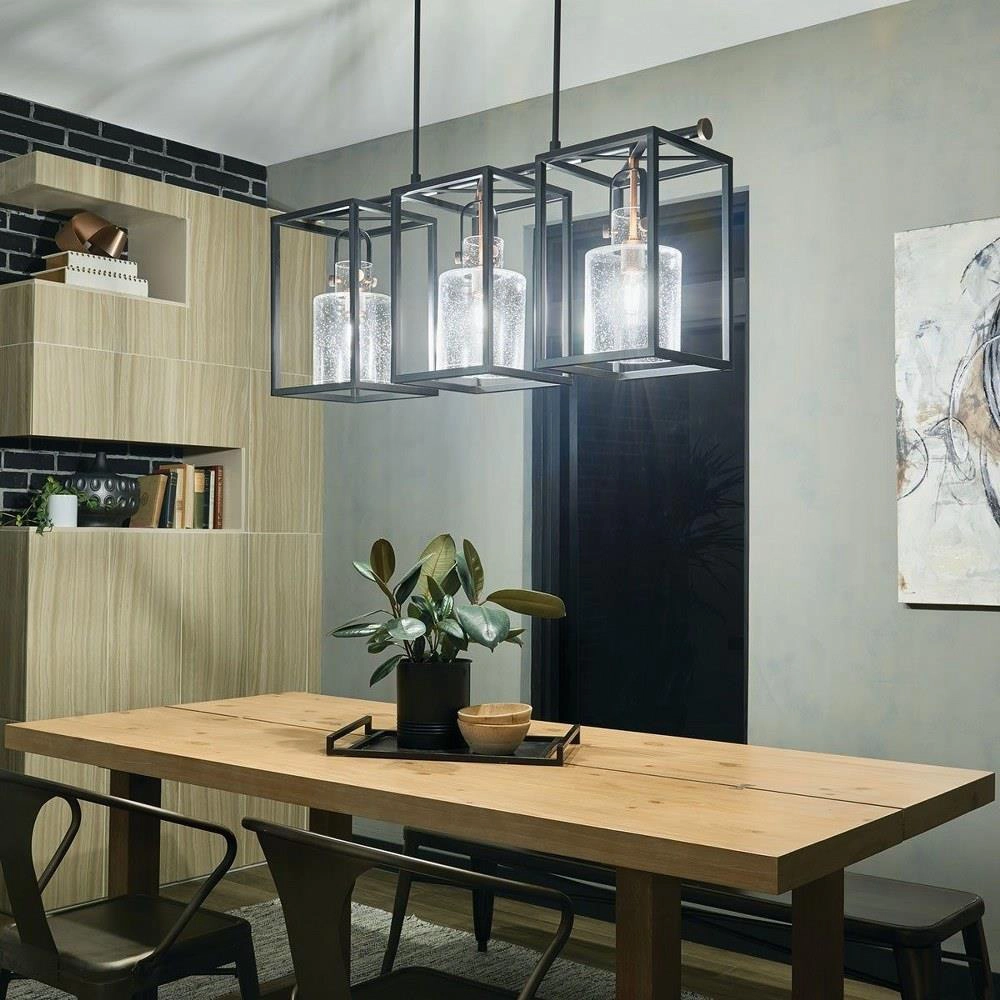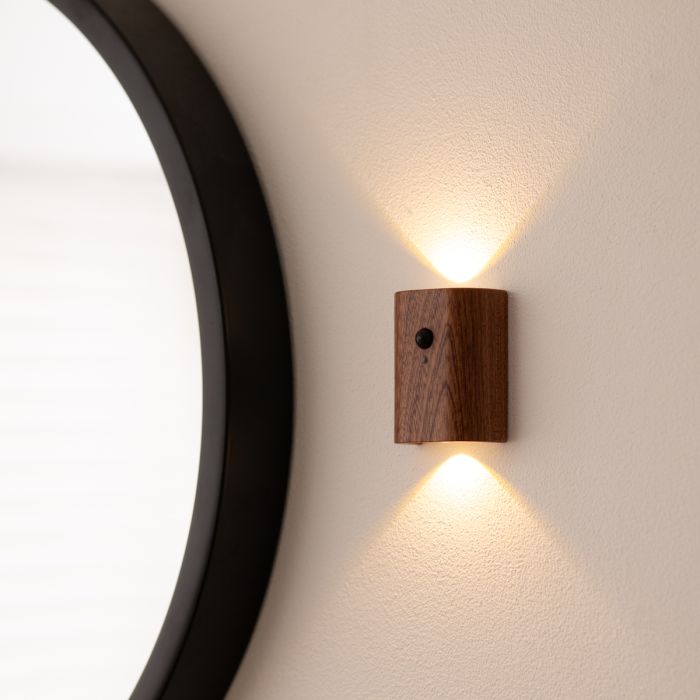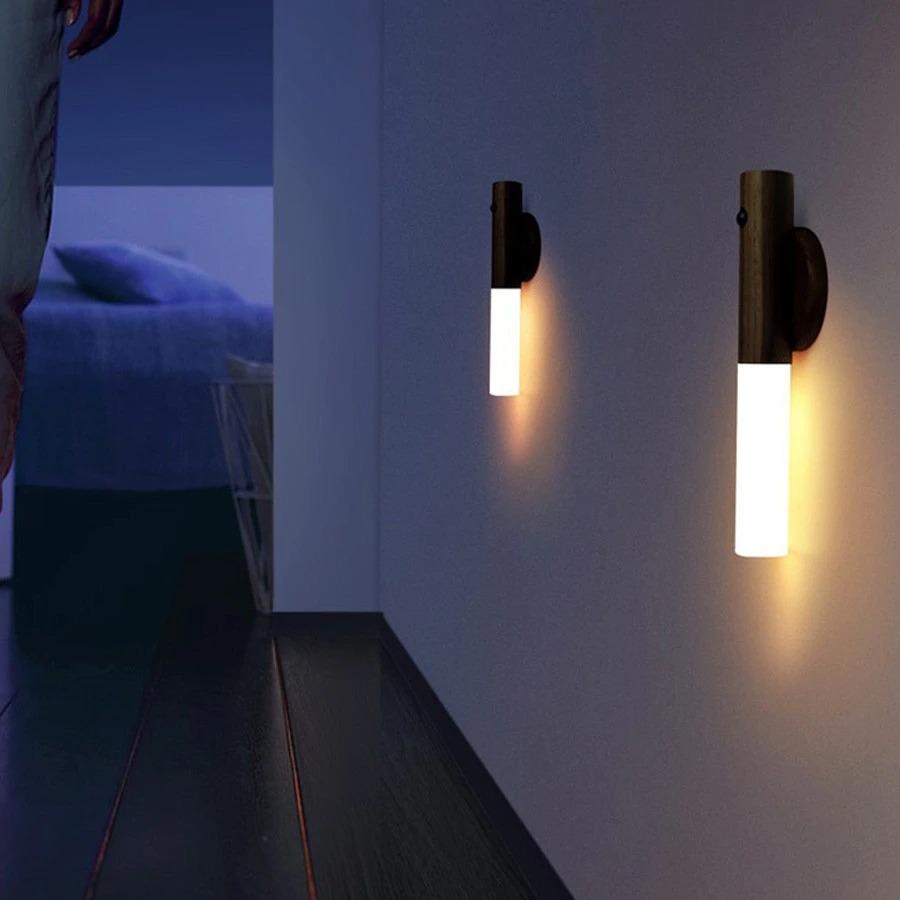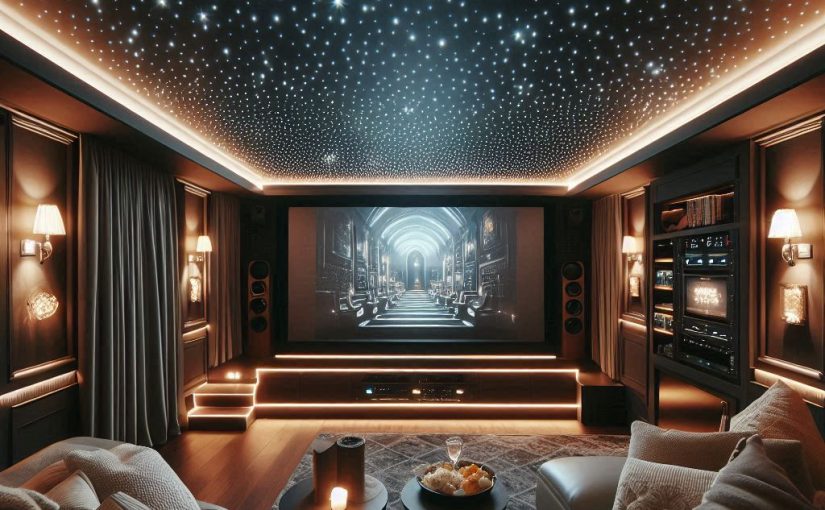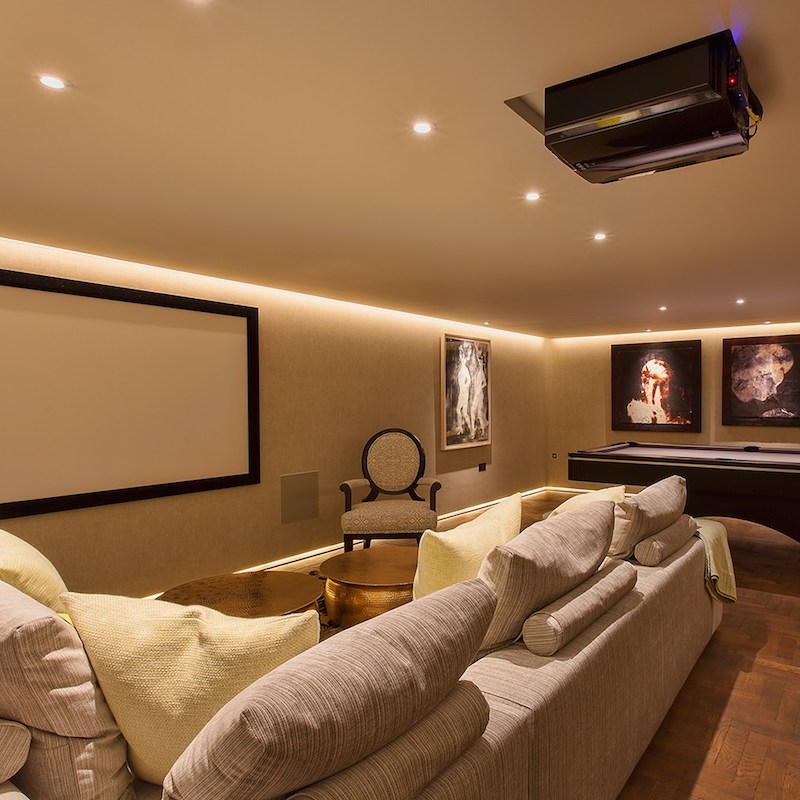Introduction:
Garage lighting is often an afterthought when it comes to home improvement projects. However, the right lighting can transform your garage from a dark, dingy space into a well-lit and functional area for working on projects, storing vehicles, or simply parking your car. In this comprehensive guide, we’ll explore the different types of garage lighting, the best placement for fixtures, and tips for creating a well-lit and inviting space.
Part 1: Understanding Your Options
Level 1: Types of Garage Lighting
When it comes to garage lighting, there are several options to choose from. These include overhead lighting, task lighting, and accent lighting. Overhead lighting, such as fluorescent or LED fixtures, provides general illumination for the entire space. Task lighting, on the other hand, is focused on specific work areas, such as workbenches or tool storage areas. Accent lighting can be used to highlight architectural features or decorative elements in the garage.
Level 2: Pros and Cons of Each Type
Each type of garage lighting has its own pros and cons. Overhead lighting is essential for providing overall illumination, but it can create shadows in work areas. Task lighting is great for focused tasks, but it may not provide enough light for the entire garage. Accent lighting can add visual interest, but it should be used sparingly to avoid creating a cluttered look.
Part 2: Planning Your Layout
Level 1: Best Placement for Fixtures
When planning your garage lighting’s layout, it’s important to consider the best placement for fixtures. Overhead lighting should be evenly distributed to provide consistent illumination throughout the space. Task lighting should be strategically placed near work areas, such as over a workbench or above a tool storage area. Accent lighting can be used to highlight special features, such as a vintage car or a collection of sports memorabilia.
Level 2: Energy-Efficient Options
In addition to placement, consider energy-efficient options for your garage lighting. LED fixtures are a popular choice for their long lifespan and low energy consumption. They also produce minimal heat, making them a safer option for a garage environment. Motion-activated or daylight-sensing fixtures can help reduce energy waste by automatically turning off when not in use.
Part 3: Choosing the Right Fixtures
Level 1: Comparing Different Bulb Types
When it comes to choosing the right fixtures for your garage, consider the different types of bulbs available. Fluorescent bulbs are a popular choice for overhead lighting, as they produce a bright, cool light. LED bulbs are gaining popularity for their energy efficiency and long lifespan. Incandescent bulbs are a budget-friendly option, but they are less energy-efficient and have a shorter lifespan.
Level 2: Integrating Smart Technology
For a truly modern garage lightings’ system, consider integrating smart technology. Smart light bulbs can be controlled remotely via a smartphone or smart home hub, allowing you to adjust the lighting from anywhere. Some smart bulbs can even change color, allowing you to create different moods or highlight different areas of the garage.
Part 4: Enhancing Safety and Security
Level 1: Importance of Adequate Lighting
Adequate lightings is essential for safety and security in the garage. Well-lit spaces reduce the risk of accidents and injuries, especially when working with power tools or heavy machinery. Additionally, good lighting can deter would-be intruders or vandals, keeping your belongings safe and secure.
Level 2: Tips for Maximizing Security
In addition to adequate lightings, consider other security features for your garage. Motion-activated lights can startle intruders and draw attention to the area. Security cameras and alarm systems can also provide peace of mind, especially if your garage is detached from your home or contains valuable items.
Part 5: Creating a Welcoming Environment
Level 1: Adding Decorative Touches
Creating a well-lit and welcoming garage is about more than just functionality. Consider adding decorative touches to make the space feel inviting. This could include artwork, decorative shelving, or even a cozy seating area for relaxing or socializing.
Level 2: Maintenance Tips
Once you’ve installed your new garage lighting, it’s important to maintain it properly. Regular cleaning and dusting can help keep fixtures in top condition and maximize their lifespan. Additionally, check for any burned-out bulbs or loose connections, and replace or repair as needed.
Part 6: Benefits of LED Garage Lighting
LED garage lightings have become increasingly popular in recent years due to their many benefits. One of the main advantages of LED lighting is its energy efficiency. LED lights use significantly less energy than traditional lighting, which can lead to cost savings on energy bills over time. Additionally, LED lights have a longer lifespan, typically lasting around 50,000 hours compared to traditional bulbs, which last around 1,000 hours. This means less time and money spent on replacing bulbs.
Another benefit of LED garage lighting is the quality of light it provides. LED lights also have the added benefit of being flicker-free, which can reduce eye strain and fatigue. LED lights are also more environmentally friendly than traditional lighting. They do not contain harmful chemicals like mercury, which is found in some fluorescent lights. LED lights are also 100% recyclable, making them a sustainable lighting option.
Overall, the benefits of LED garage lightings, including energy efficiency, long lifespan, high-quality light, and environmental friendliness, make it a great choice for illuminating the garage.
Part 7: Best Placement for Garage Lighting
Proper placement of garage lighting is essential for achieving optimal illumination and functionality in the space. When deciding where to install lights in the garage, it’s important to consider the layout of the area and the specific activities that take place there.
One key area to focus on is the workbench or work area. Adding task lighting directly above these areas can provide focused, bright light for working on projects or repairs. This can be achieved with overhead LED lights or under-cabinet lighting.
Another important area to consider is the garage door. Adding lights near the garage door can improve visibility and security when entering and exiting the space. Motion-activated lights are a great option for this area, as they can provide additional security by illuminating the area when motion is detected.
In addition to these specific areas, it’s also important to ensure overall even lighting throughout the garage. This can be achieved by strategically placing ceiling or wall-mounted lights to evenly distribute light across the space. This will help eliminate dark spots and ensure a well-lit environment for all garage activities.
By carefully considering the layout of the garage and the specific areas where lighting is needed most, homeowners can achieve effective and functional garage lighting.
Part 8: Upgrading to Smart Garage Lighting
As technology continues to advance, smart lighting options have become increasingly popular, including in the garage. Smart garage lightings offer homeowners a range of benefits, including convenience, energy efficiency, and enhanced security.
One of the main advantages of smart garage lightings is the ability to control it remotely. With a smart lighting system, homeowners can use their smartphone or other devices to adjust the garage lights from anywhere, whether it’s turning them on or off, adjusting the brightness, or setting schedules for when the lights should come on and go off.
Smart garage lighting also offers energy-saving features, such as motion sensors and daylight harvesting, which can help reduce energy consumption by only turning on when needed and adjusting brightness based on natural light levels.
Security is another benefit of smart garage lighting. Many smart lighting systems offer integration with home security systems, allowing lights to be programmed to turn on or flash in the event of an alarm or motion detection. This can help deter potential intruders and provide added peace of mind.
By upgrading to smart garage lighting, homeowners can enjoy the convenience, energy efficiency, and security benefits that come with this advanced lighting technology.
Part 9: LED Garage Lighting Options
LED lighting has become increasingly popular for garage lighting due to its energy efficiency and long lifespan. LED lights produce bright, clear light and can significantly reduce energy costs compared to traditional lighting options. There are several LED garage lighting options to consider when upgrading the lighting in your garage.
One popular option is LED tube lights, which are designed to replace traditional fluorescent tube lights. LED tube lights offer excellent brightness and energy efficiency, and they are available in various lengths to fit standard fixtures. Another LED garage lighting option is LED shop lights, which are designed to provide clear, bright light for larger garage spaces. These fixtures are easy to install and can be linked together to create seamless lighting throughout the garage.
For a more versatile lighting solution, consider LED strip lights. These flexible, adhesive-backed strips can be easily installed in various locations to provide targeted lighting where needed. LED strip lights are ideal for adding light to workbenches, shelving, or other areas in the garage that may not be well-lit. In addition, LED garage light fixtures are available in a wide range of styles and designs, including flush-mount fixtures, hanging lights, and motion-activated lights.
Conclusion:
Garage lighting plays a crucial role in creating a functional, safe, and inviting space. By understanding the different types of lighting available, planning a thoughtful layout, choosing the right fixtures, and enhancing safety and security, you can transform your garage into a well-lit and welcoming environment. Whether you use your garage for automotive work, DIY projects, or simply storage, the right lighting can make a world of difference.
